John Hurrell – 8 September, 2011
Their fascination lies in Jin Jiangbo's digital treatment of intricate detail. Some parts look slightly solarised, others airbrushed or subtracted to reveal traces of another image underneath, and a few hint at blended double or triple exposures. And the closer you scrutinise these works the more you realise how diverse they are in their types of acuity and strange varieties of layering.
Jin Jiangbo’s debut exhibition at Starkwhite was a series of digitally modified panoramic vistas of Shanghai, critiquing the destructive consequences of capitalism as the government prepared the city for Expo 2010. This second exhibition consists of a series of photographs featuring New Zealand landscapes made during a residency at Auckland University, when with an interpreter and camera he travelled the length and breadth of the country.
The resulting eleven romantic images, whilst varied in colour mood, shape (some are tondos), complexity of vegetative or geological layering, and types of acuity, are still to Aotearoa/New Zealand eyes, distinctly Chinese, such are a few of the conventions he has brought with him.
Some of these consist of a scroll-like flatness, or a nuanced distortion of rock forms. Most distinctively there is a silvery hazy ambience, as if drawn with a very sharp pencil or printed with fine metallic ink, a graphic attribute associated with mist, low clouds and snowy mountain slopes.
Brilliant is the most panoramically similar work to those in his last show, a view of Arrowtown in flickering garish colours that are almost psychedelic. A hot combination of Albrecht Artdorfer, Rita Angus and Peter Saul. This is the opposite of his other exhibition when colour was extremely understated and very cool - though here there are many silver-grey works that reveal punchy but complex chroma as you move closer.
That is the point. Their fascination lies in Jin Jiangbo’s digital treatment of intricate detail. Some parts look slightly solarised, others airbrushed or subtracted to reveal traces of another image underneath, and a few hint at blended double or triple exposures. And the closer you scrutinise these works the more you realise how diverse they are in their types of acuity and strange varieties of layering. From a distance many look like a variety of kitsch (even macramé), but up close, something very different happens. An improvised weaving of landscape textures occurs that when you are near becomes almost holistic and abstract as a pattern, disconnected from its geographical context. Marks immersive and absorbing.
John Hurrell

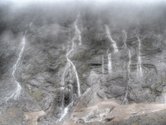
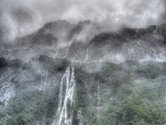
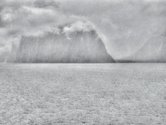
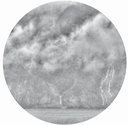
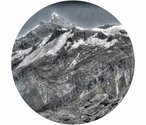
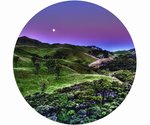

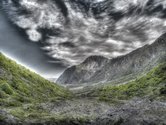

 Advertising in this column
Advertising in this column Two Rooms presents a program of residencies and projects
Two Rooms presents a program of residencies and projects



This Discussion has 0 comments.
Comment
Participate
Register to Participate.
Sign in
Sign in to an existing account.